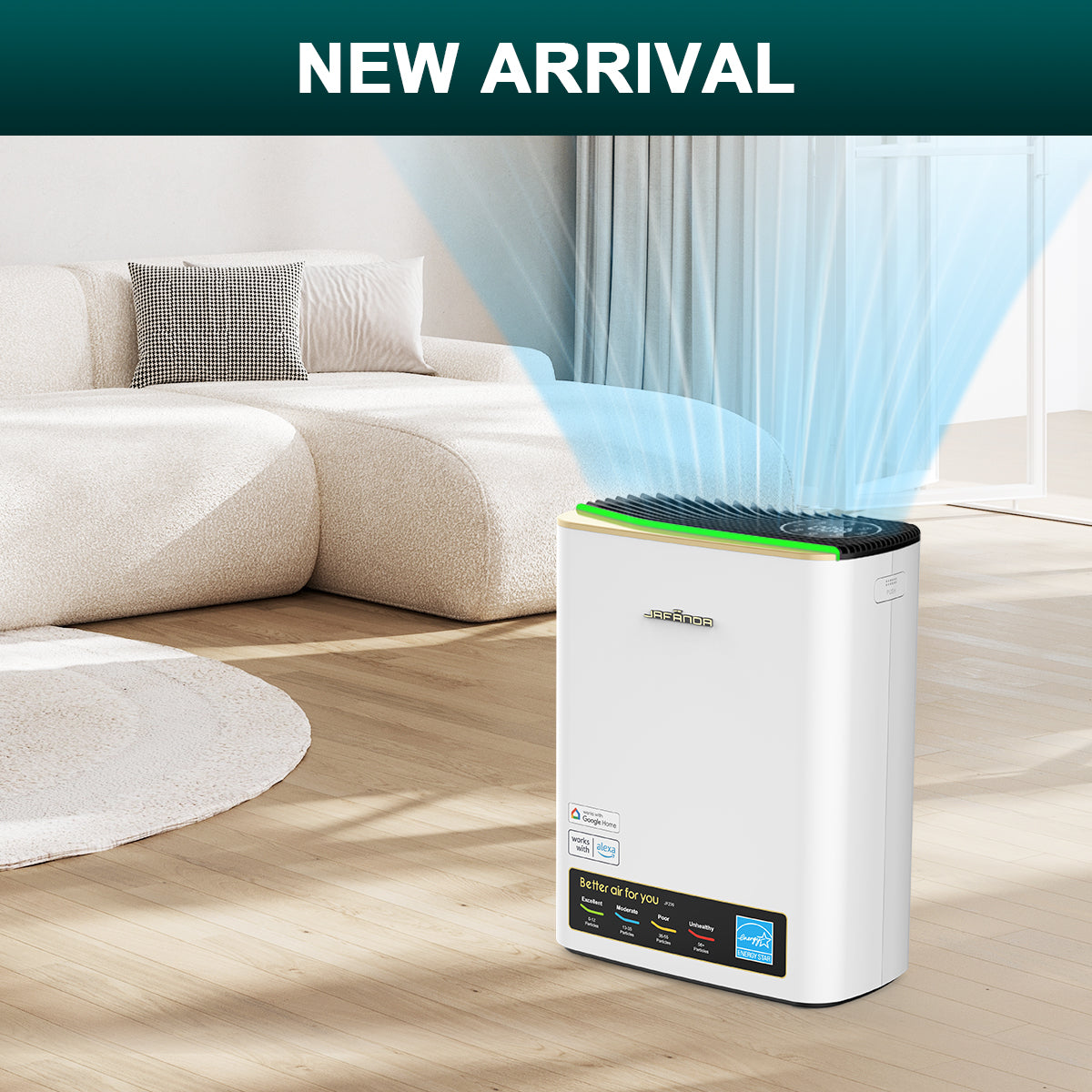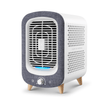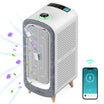Introduction

Children's allergies can be a source of concern for parents. Their developing immune systems make them more susceptible to allergic reactions. This article empowers you with knowledge on children's allergies, including common triggers, prevention strategies, and management techniques to create a healthy and comfortable environment for your child.
Characteristics and Common Allergens of Children's Allergies
Unique Characteristics: Children's allergies differ slightly from adult allergies. Their developing immune systems make them more sensitive to allergens, leading to reactions like nasal congestion, runny nose, coughing, and itchy skin. Diagnosis and treatment require consideration of a child's age and development.
Common Allergens: Common allergens in children are similar to those in adults, including dust mites, pollen, and pet dander. Additionally, foods like milk, eggs, peanuts, fish, and nuts are frequent triggers. Recognizing these allergens helps in early identification and control of symptoms.
Preventing and Managing Children's Allergies
Avoidance is Key: Prevention is the cornerstone of managing children's allergies. Avoiding allergens is an effective strategy to prevent reactions. Parents can implement measures like avoiding specific foods and regularly cleaning based on their child's sensitivities.
Treating Symptoms with Medication: Doctors may recommend medications like antihistamines or nasal sprays to alleviate allergy symptoms. Remember to strictly follow the doctor's guidance regarding dosage and timing of medication.
Controlling Indoor Environments and Avoiding Allergens
Maintaining a Clean and Healthy Indoor Environment: Maintaining cleanliness and appropriate humidity in your child's living space is crucial. Regularly cleaning bedding, carpets, and furniture, along with ensuring good ventilation and dryness indoors, helps reduce dust mites and mold, minimizing allergen exposure.
Strategies for Specific Allergens: For specific allergens like food, parents can implement strict dietary control to prevent contact with the offending food. For pet dander, maintaining a distance from pets, regularly cleaning them, and limiting their indoor activity may be helpful.
Conclusion
Understanding the characteristics and common allergens of children's allergies empowers parents to take preventive measures and create a safe environment. By recognizing allergens, avoiding triggers, controlling the indoor environment, and collaborating with doctors, parents can effectively manage children's allergies and ensure their well-being.










Leave a comment
All comments are moderated before being published.
This site is protected by hCaptcha and the hCaptcha Privacy Policy and Terms of Service apply.